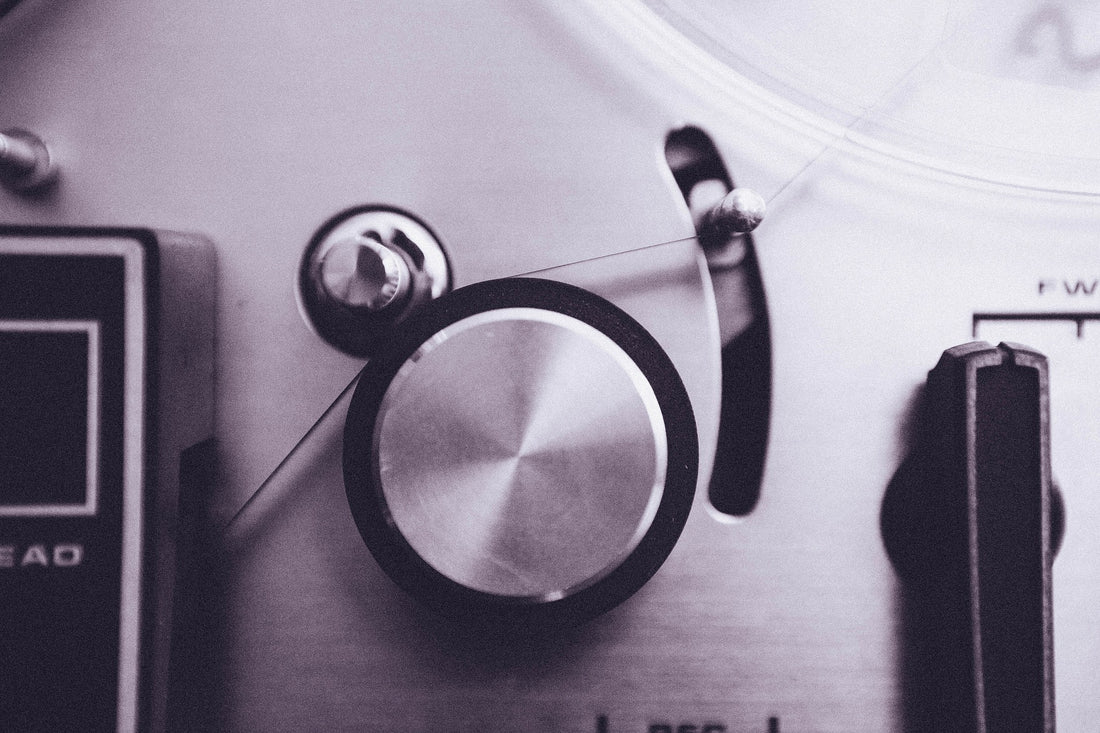There’s something I’ve been thinking about for around 25 years; ever since I started working with Bill Bottrell, and he made me aware of how different my sound was.
What that is, is just how affected many of us — most of us, come to think of it — are by recorded sound, by recorded music, as opposed to the sound of music as it actually occurs. We’re usually not aware of it, but it causes us to favor so many things “wrongly”.
I think I wrote about this briefly in The Absolute Sound, writing about the glorious sound of the Neumann U47 and U48. Its colorations are so extreme and VERY romantic. And yet it’s become the number one choice of a microphone for most singers, including the Beatles. Think about those voices: so detailed, and yet sounding nothing like the real thing. Well, not nothing, but hyper-real.
I started to think about how this applies to me when someone — I don’t remember who — was talking about the way I play. Paul McGowan’s asking me about bass brought it up again. All the records I grew up loving were 4- and 8-track recordings. And everybody who played on the songs played a big role in those records, including the bass — I might say ESPECIALLY the bass — which, when I met Bill in 1991 had been reduced to a blip on beat one of most bars (think Jeff Lynne’s productions). Jack Casady, James Jamerson, Paul McCartney, the Wrecking Crew guys, they all played the song, not a bass “part”. EVERYBODY played the song.
Bottrell said back then, that to him, the sound of instruments had to fit on a 7-inch single. If he couldn’t hear them like that, he didn’t record them.
But there’s more to it than just the playing; more than just how I play. For those who don’t know, a little slightly technical stuff (I imagine Gus Skinas could do this better): in analog recording, the wider the track, the better the signal-to-noise specifications. For instance, I have the third one-inch 2-track made. Giving half an inch to each side of a stereo recording gives specs that about equal 16/44.1. Not bad for analog. (And it’s tube, to boot!)
So: think about when McCartney overdubbed the bass — it was given a track of its own, and a quarter-inch track at that, which was unusually wide (most 4-track machines were ½-inch). And the tape was running at 15 inches per second, which I think sounds much better than the 30 inches that was standard by the time I started recording. And then, of course he was in England, where the AC frequency is 50 Hz, rather than 60, which produced a head-bump, a frequency boost that’s a by-product of the tape head architecture, of about 100 Hz (rather than the American 120 Hz). The engineer, Geoff Emerick, generally mixed the bass 2 dB louder than everything else: a perfect situation for recording bass fat and loud. (Though sonically, my favorite McCartney bass track was one of the few done elsewhere, recorded by Keith Grant at Olympic Studio: “Baby, You’re a Rich Man”.)
And then the situation the players were in: all in the same room, some without headphones separating them — creating a hyper-real version of what you might hear on a bandstand. This is in the days when musicians still ran the show and engineers merely documented it — when, in Bottrell’s words, you had Mix A rather then Mix B (a subject for another day).
And then the relationship of bass to drums: by the mid-70s, when I started recording, drums were the be-all end-all —- if the engineer got good drum sounds, well, he was the guy. But in the records I came into this art-form loving, the drums were one element, often mixed to one-track, and all thought of as one instrument — a drum KIT. That’s how Geoff Emerick learned to hear, usually how he mixed them, and he and the Fabs heard the bass a bit louder. And they passed it on to me.
That’s how I learned to play.



